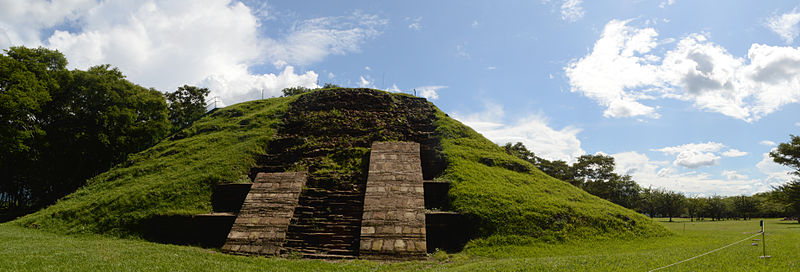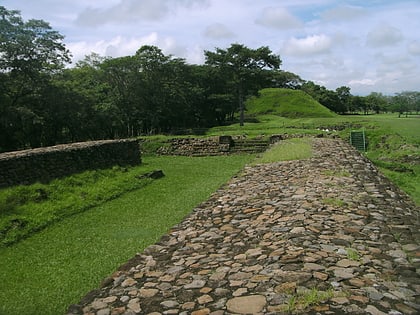Cihuatán


Facts and practical information
Cihuatán, nestled in the Apaneca-Ilamatepec mountain range of El Salvador, is a pre-Columbian archaeological site that offers a fascinating glimpse into the ancient civilization that once thrived in Central America. Spanning over 3 square kilometers, Cihuatán is one of the largest Postclassic Maya sites in the region, believed to have been occupied from about AD 900 to 1200.
The ruins at Cihuatán are enveloped by lush vegetation, providing a serene backdrop to the remnants of a bustling urban center from a millennium ago. The site features an array of structures, including a grand plaza, pyramids, a ball court, and several mounds that are thought to have served as platforms for ceremonial and residential buildings. One of the most prominent structures is the Main Pyramid, which rises majestically above the surrounding landscape.
Archaeological excavations have unearthed a wealth of artifacts, such as pottery, tools, and ornaments, offering insights into the daily life and cultural practices of the people who inhabited the city. Intriguingly, evidence of a large-scale fire suggests that Cihuatán's demise may have been sudden and violent, possibly the result of an invasion or internal conflict.
San Salvador
